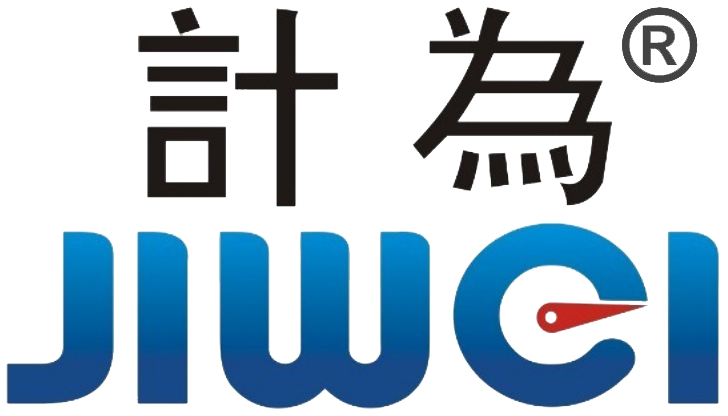Radar Level Transmitters in Subways: A New Standard for Urban Flood Protection
The Critical Role of Drainage Safety in Metro Stations
Radar level transmitters play a pivotal role in urban subway drainage systems, providing accurate, real-time monitoring to prevent flooding in underground stations. As urbanization accelerates, subways have become the backbone of modern public transportation, handling massive daily passenger flows. However, due to their underground location, metro stations are vulnerable to water ingress from heavy rainfall, surface seepage, and equipment failures, often leading to flooding issues. Effectively monitoring and managing stormwater drainage in subway systems is critical to ensuring operational safety. This article explores key instruments used in metro drainage systems—their working principles, practical applications, and how they help maintain the safety and reliability of subway operations.

The Importance of Drainage Systems in Metro Stations
Metro stations, being underground infrastructure, are especially prone to flooding—particularly during heavy rains or extreme weather events. Rainwater flowing through drainage pipelines can accumulate inside stations, potentially damaging equipment and disrupting normal operations. Accumulated water not only increases maintenance costs but also poses a significant risk of system-wide shutdowns and public safety hazards.
To address these risks, metro stations must be equipped with efficient and accurate drainage systems. These systems rely on advanced instrumentation to provide real-time data, ensuring early detection of water level changes and enabling automated pumping operations to prevent flooding and protect infrastructure.

Key Instruments in Subway Drainage Systems
Modern metro drainage systems integrate a variety of sensors and control instruments to monitor water levels, detect flow anomalies, and automate pump control. The following are the core components of an intelligent drainage monitoring system:
1. Radar Level Transmitters
Radar level transmitters operate using high-frequency microwave signals to perform non-contact liquid level measurements. The radar sensor emits an electromagnetic wave, which reflects off the liquid surface. By calculating the time delay between emission and return, the system determines the precise water level. Compared with ultrasonic level sensors, radar instruments offer superior resistance to steam, condensation, and harsh environmental conditions—making them ideal for the humid and confined environments of subway stations.
In metro drainage systems, radar level transmitters are commonly installed above rainwater wells and collection pits. The real-time level data they provide enables control systems to automatically activate pumping stations when predefined thresholds are met, ensuring rapid and effective drainage.

2. Flow Meters
Flow meters measure the volume of water moving through pipelines. Common types include electromagnetic flow meters, ultrasonic flow meters, and turbine flow meters. These instruments provide real-time flow rate data, allowing operators to assess whether drainage is functioning properly.
In metro systems, flow meters are typically installed along primary discharge pipelines. Sudden drops or spikes in flow rate can signal blockages, backpressure, or insufficient drainage capacity. Once detected, the system issues alerts and triggers emergency protocols if needed.
3. Water Level Sensors
Water level sensors detect changes in water depth using float, hydrostatic, capacitive, or electrode-based principles. These are suitable for shallow water areas or spaces where radar cannot be installed, such as narrow collection channels or sloped pipes.
In metro drainage systems, water level sensors are deployed in low-lying or hard-to-reach locations, complementing radar level transmitters to ensure full-area monitoring. Integrated with the central control system, they provide fast feedback and automatic response capabilities.
4. Pump Station Control Instruments
Pump station control instruments manage the operation of drainage pumps. These include modules for start-stop logic, flow and pressure regulation, and energy monitoring. When linked with radar level transmitters and flow meters, they enable fully automated, smart drainage control.
When rising water levels exceed preset limits, the control unit automatically starts the pumps. It continuously monitors the discharge process and stops the pumps once water levels return to safe levels—reducing energy consumption and extending equipment lifespan.
Key Advantages of Subway Drainage Instruments
Radar level transmitters and other core instruments bring the following benefits to metro drainage systems:
- Non-contact & Highly Reliable: Radar level transmitters operate without touching the liquid, offering corrosion resistance, anti-condensation features, and immunity to steam—ideal for humid and harsh underground environments.
- High Precision & Real-Time Monitoring: Millimeter-level accuracy and millisecond-level response time allow the system to detect flooding risks instantly.
- Smart Automation Support: When integrated with pump controllers, the system enables full automation, reduces manual intervention, and boosts drainage efficiency.
- Comprehensive Coverage: By combining radar transmitters, water level sensors, and flow meters, a multi-point, multi-layered monitoring system is created—forming a robust drainage data platform.

Application Case Study: Real-World Implementation in Guangzhou Metro
Cities such as Beijing, Shanghai, and Guangzhou have already adopted intelligent metro drainage solutions powered by radar level transmitters. These systems allow for real-time water monitoring and automatic drainage control across multiple subway stations.
For example, in a Guangzhou metro station, the Jiwei JWrada-31 radar level transmitter was installed above underground rainwater pits and drainage pump stations. Integrated with a PLC controller and remote monitoring platform, it enables fully automated and unmanned drainage management. The system has proven highly effective during heavy rainfall, helping prevent flooding incidents and maintaining passenger safety.
Conclusion
Radar level transmitters have become a core component in modern subway drainage systems. When combined with flow meters, water level sensors, and intelligent pump controllers, they create a complete smart flood management solution. These technologies not only improve drainage efficiency but also enhance a subway system’s ability to withstand extreme weather and emergencies.
Looking ahead, the integration of radar sensing with IoT platforms will push metro drainage systems toward greater efficiency, intelligence, and resilience—providing critical support for the safe operation of urban transportation infrastructure.
